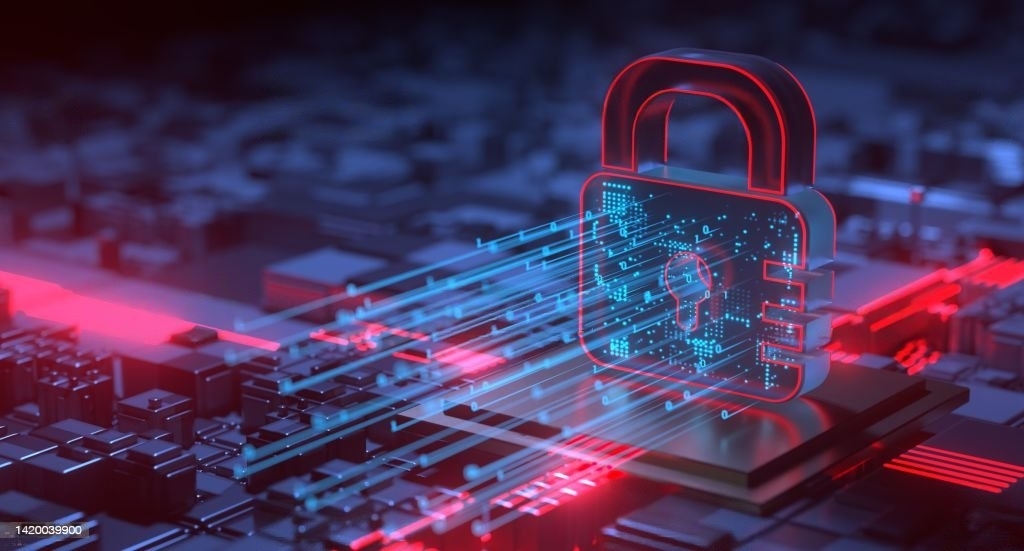In today’s digital age, where much of our personal and financial information resides online, ensuring cybersecurity has become more critical than ever. With the increasing threats and risks to our online identity and data, it’s essential to take proactive measures to safeguard ourselves. This article will provide valuable insights and practical tips on how to protect your online identity and data, mitigating the risks of cyber attacks.
Understanding Cybersecurity
To begin, let’s define cybersecurity and its significance. Cybersecurity refers to the practice of protecting computers, servers, networks, and data from unauthorized access or malicious attacks. There are various types of cyber threats, including hacking, phishing, malware, and social engineering, all of which can have severe consequences for individuals and businesses alike.
Protecting Your Online Identity:
- Strong Passwords and Two-Factor Authentication: Creating strong, unique passwords for each online account is paramount. Avoid common passwords and use a combination of letters, numbers, and special characters. Additionally, enable two-factor authentication whenever possible, which provides an extra layer of security by requiring a secondary verification method.
- Social Engineering and Phishing Attacks: Educating yourself about social engineering tactics and phishing attempts can help you identify potential scams. Be cautious of suspicious emails, messages, or calls asking for personal information or credentials. Verify the authenticity of requests before sharing any sensitive data.
- Securing Personal Information: Practice safe online shopping by ensuring you only transact on secure websites with “https” in the URL. Be mindful of what you share on social media, as even seemingly harmless information can be used by cybercriminals for identity theft or targeted attacks.
Safeguarding Your Data:
- Regular Software Updates: Keeping your operating system, applications, and security software up to date is vital. Software updates often include patches for vulnerabilities, enhancing overall system security. Enable automatic updates whenever possible to stay protected without manual intervention.
- Antivirus and Firewall Protection: Install reputable antivirus software to detect and remove malware. Additionally, configure and use firewalls to monitor and control incoming and outgoing network traffic, adding an extra layer of defense against unauthorized access.
- Data Backup and Encryption: Regularly back up your important files and data to external storage or cloud services. In the event of a security breach or data loss, having backups ensures you can recover your information. Consider encrypting sensitive data to protect it from unauthorized access.
Internet and Wi-Fi Security:
- Secure Wi-Fi Networks: Set up strong Wi-Fi passwords, preferably with a combination of letters, numbers, and symbols. Additionally, disable the broadcasting of your network’s name (SSID) to make it less visible to potential attackers.
- Public Wi-Fi Precautions: Exercise caution when using public Wi-Fi networks, as they can be insecure and susceptible to eavesdropping. Utilize a Virtual Private Network (VPN) to establish an encrypted connection, ensuring the confidentiality of your data while accessing public Wi-Fi.
Staying Informed and Vigilant
It’s crucial to stay informed about the latest cybersecurity news and trends. Regularly update yourself on emerging threats and best practices for staying secure online. Additionally, be vigilant and recognize warning signs of potential cyber threats, such as unusual account activity or unexpected requests for personal information. Report any suspicious activities to the relevant authorities or service providers promptly.
Conclusion
Protecting your online identity and data is of paramount importance in today’s interconnected world. By implementing the strategies outlined in this article, such as using strong passwords, enabling two-factor authentication, staying vigilant against phishing attempts, keeping software up to date, and securing your Wi-Fi connections, you can significantly enhance your cybersecurity posture. Remember, proactive measures and ongoing awareness are key to maintaining a safe and secure online presence.

